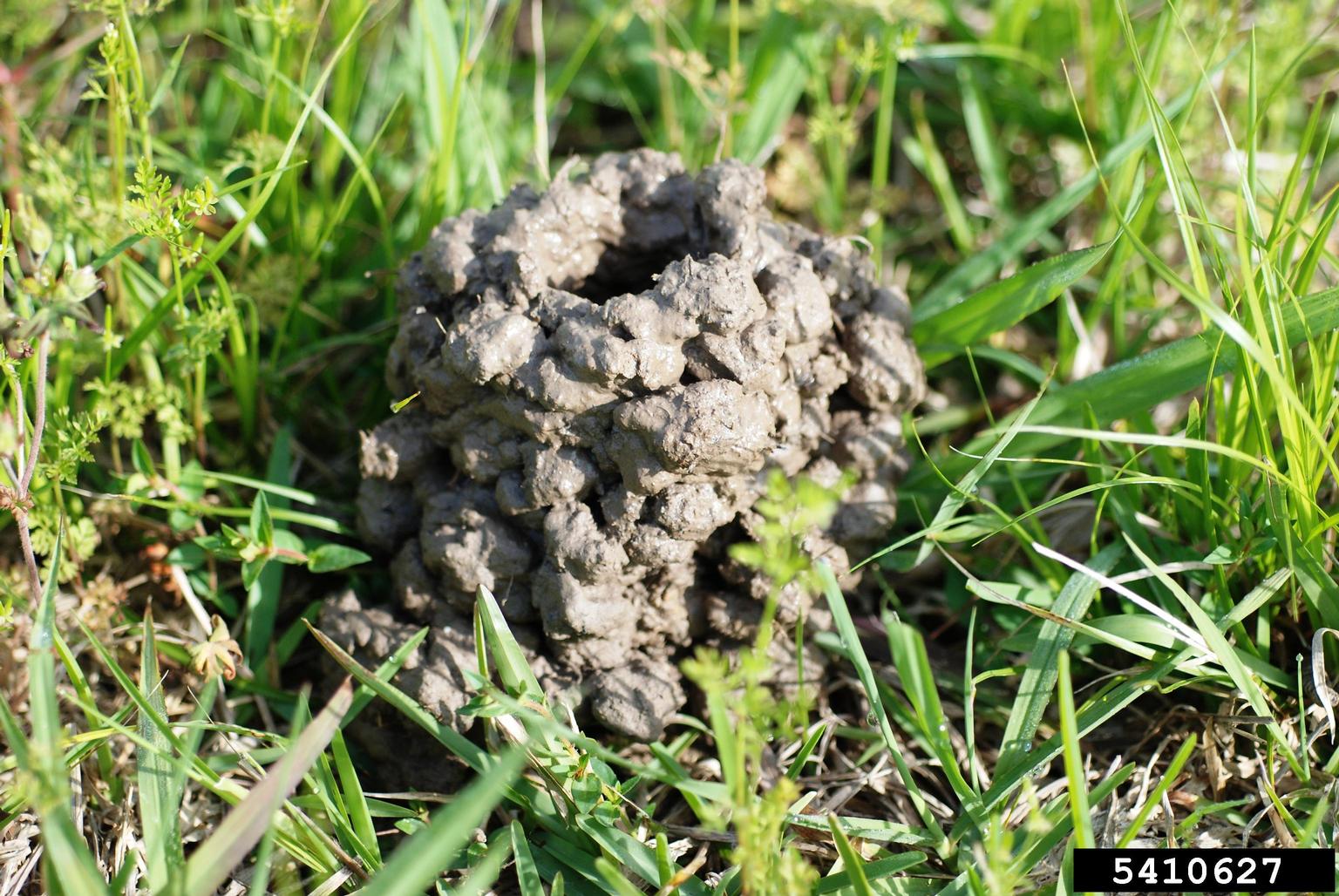Burrowing Crawfish Problems: Getting Rid of Crayfish In The Garden


Crawfish are a seasonal problem in some regions. They tend to make burrows in lawns during the rainy season, which can be unsightly and can have the potential to damage mowing equipment. The crustaceans aren't dangerous and don't hurt any other part of the lawn but often their burrows are cause enough to want them gone. Getting rid of crawfish is not that easy, and really should start with re-sculpting your yard. Try these tips for removing crawfish, also known as crayfish, in the garden.
Crayfish Mounds in Lawns
Burrowing crayfish problems are primarily a nuisance and an eyesore. These crustaceans feed on detritus and whatever they can scavenge. They don't do any harm to landscape plants and their burrows don't permanently damage turfgrass roots. About the biggest complaint are crayfish mounds in the lawn. These don't get as numerous as say, mole hills, but they can be unsightly, a tripping, and a mowing hazard.
How to Get Rid of Crayfish in Your Yard
If you have a population of terrestrial crayfish living in your landscape, you can try to consider them a unique, wonderful creature sharing your space or you can try to get rid of them. In cases when they are in great numbers or pose a danger, getting rid of crayfish may be necessary.
The first thing to consider is making a more inhospitable area by terra-scaping so there are no boggy areas for crayfish to build burrows. They tend to like the low lying areas of the garden where run-off collects.
Another option is to install solid wood or stone fences that are snug to the ground, but this can be costly and time consuming. Fixing the mounds is a little thing because you can knock them over, rake out the dirt, or water it in with a hose. However, just because you got rid of the mound doesn't mean you don't still have crayfish in the garden.
If your property has a stream nearby and low lying moist areas, the critters are going to persist. They live in the burrows and have a secondary tunnel to the stream where they breed. During rainy periods you may be able to see crayfish on the surface of the soil.
There are no pesticides, fumigants, or toxicants labeled safe to use on the crustaceans. Any poisons will contaminate the adjacent water. The best way to remove them is with trapping.
Sign up for the Gardening Know How newsletter today and receive a free copy of our e-book "How to Grow Delicious Tomatoes".
Permanent Solutions to Crayfish in the Landscape
Traps are humane and nontoxic. You don't have to worry about poisoning other animals or leaving persistent residue in your soil. To trap crayfish you need metal traps, some bait, and soil anchors. The best baits are meat that is slightly off, or wet pet food.
The stinkier the better according to pro baiters. Lay the trap near the burrow and bait it with the food. Anchor the trap with soil staples or something similar so the animal doesn't drag it off. Check traps daily. Use gloves when removing the crawfish.

Bonnie Grant is a professional landscaper with a Certification in Urban Gardening. She has been gardening and writing for 15 years. A former professional chef, she has a passion for edible landscaping.